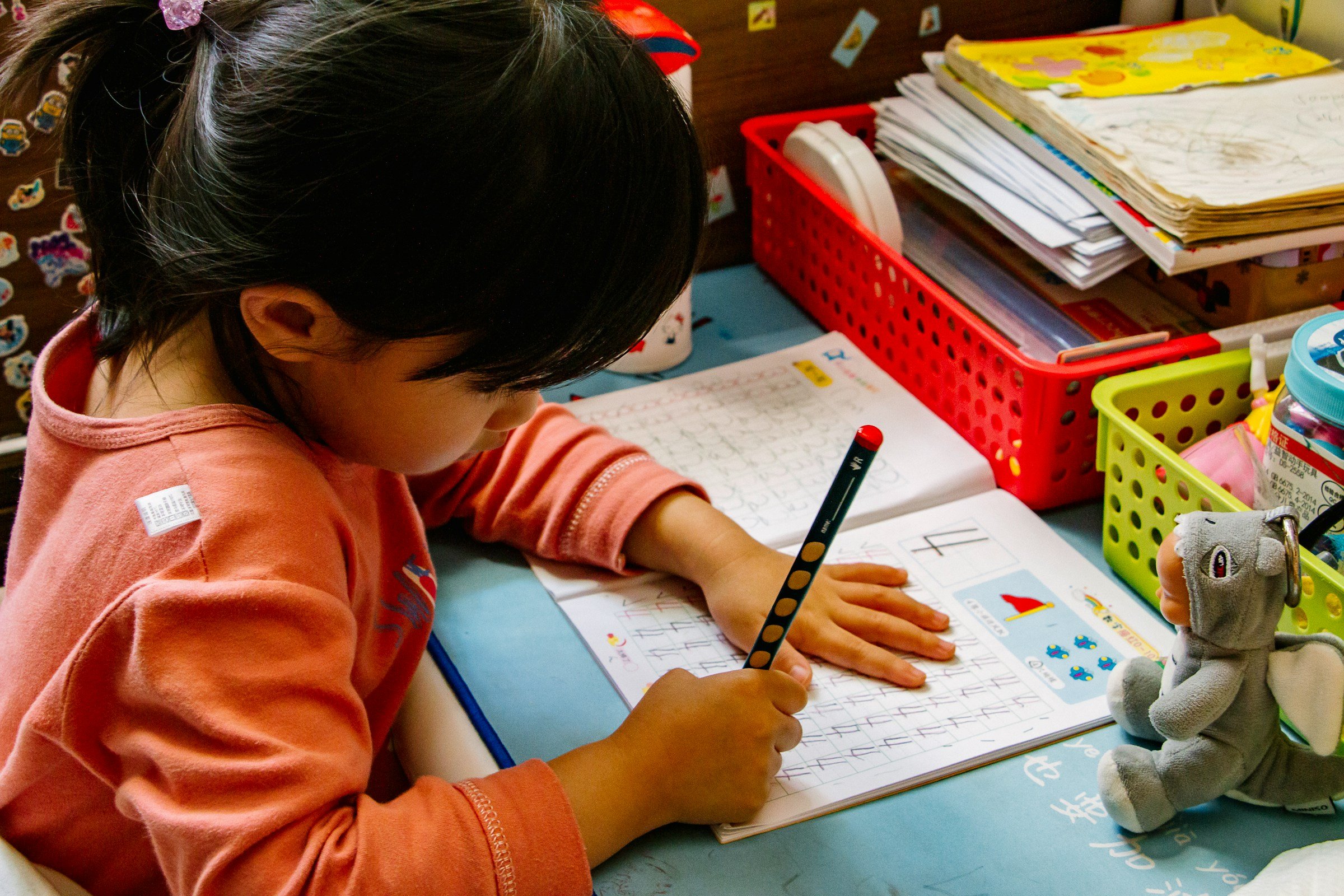SPD Back-to-School Tips

As the back-to-school season approaches, many parents feel a mix of excitement and anxiety—and if your child has sensory sensitivity challenges, that mix can feel overwhelming.
In this post we share back-to-school tips to make the autumn season easier for kids with SPD and their parents.
Back-to-School Tips for Kids with SPD
Establish a Routine–and Stick to It! Start easing into the school routine now by establishing wake-up times, mealtimes, and daily transitions. Predictability helps reduce sensory overwhelm. Beginning work on the new daily school routine a few weeks before school starts is optimal.
Practice Transitions: If your child struggles with changes to the daily routine, practice the typical school day morning ahead of time. Go through the steps of waking up on time, eating breakfast early, brushing teeth, getting dressed for school, packing the backpack, and leaving for school.
Make Incremental Changes: If your kids go to bed very late during summer, begin the transition to school year bedtime two or three weeks before school starts by having them go to bed 10 minutes earlier each night. This makes the transition much easier, and school nights won't be such a shock when the time comes.
Prep the Environment: Visit your child's classroom ahead of time if possible. Ask for a quiet tour. Let your child explore the new space, touch materials, and meet teachers.
Select Supplies: If possible, let your children pick out their own school supplies so that they are more likely to have supplies that work well for them. Give them time to use their new gear before school starts.
Pack a Sensory Toolkit: Work with your child’s teacher to include calming items in their backpack—fidget toys, noise-canceling headphones, or a soft fabric they love.
Dress for Comfort: Wearing new clothes can be challenging for sensory-sensitive kids. The first day of school will be a lot more comfortable for your child if he or she can pick a comfortable outfit to wear.
Advocate Early: Connect with the teacher and support staff to discuss your child’s sensory needs. Share what works at home; you are the expert on your child.
Make a Sensory Regulation Plan: Talk with your child about how to manage situations in which they become overwhelmed with sensory input. Discuss tactics that have worked in the past and encourage your child to recall these techniques in tough moments.
We hope these tips help your family have a successful start to the school year. If you'd like to discuss sensory sensitivities and sensory processing with us, please don't hesitate to reach out.
Further reading:
How to Help Kids Cope with Sensory Sensitivity
How to Get Kids to Wear a Mask During a COVID or Cold/Flu Surge
Sensory-Friendly Winter Clothing
Image by Jason Sung and Unsplash.com
Dr. Lindsay Hilsen, BCBA-D | Director
As Director of Sunny Days Sunshine Center, Dr. Lindsay Hilsen brings over 20 years of experience with early childhood intervention and autism to the position. Lindsay received her Doctorate in Special Education through Nova Southeastern University. She is a Board Certified Behavior Analyst at the doctoral level (BCBA-D) who holds two masters in Special Education and Education, as well as a certified NJ special education teacher and elementary education teacher. She is also the author of two Autism Curriculums: A Step-By-Step Curriculum for Early Learners with an Autism Spectrum Disorder and A Step-By-Step ABA Curriculum for Young Learners (ages 3-10) with Autism Spectrum Disorders.
